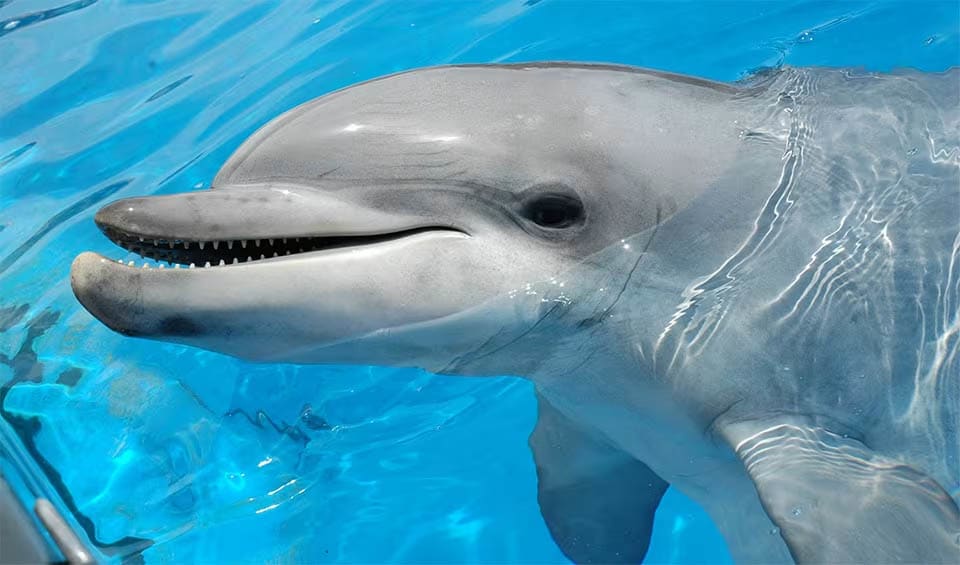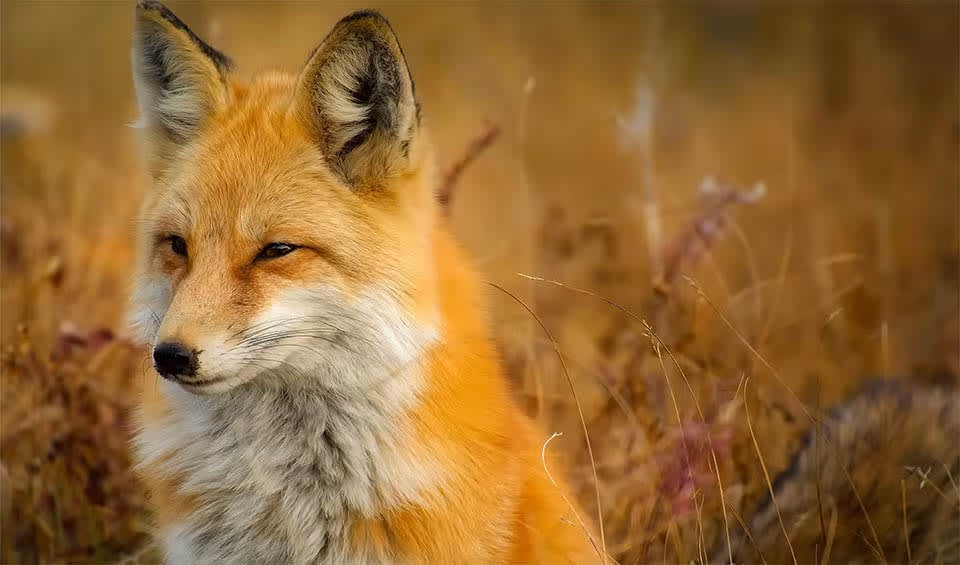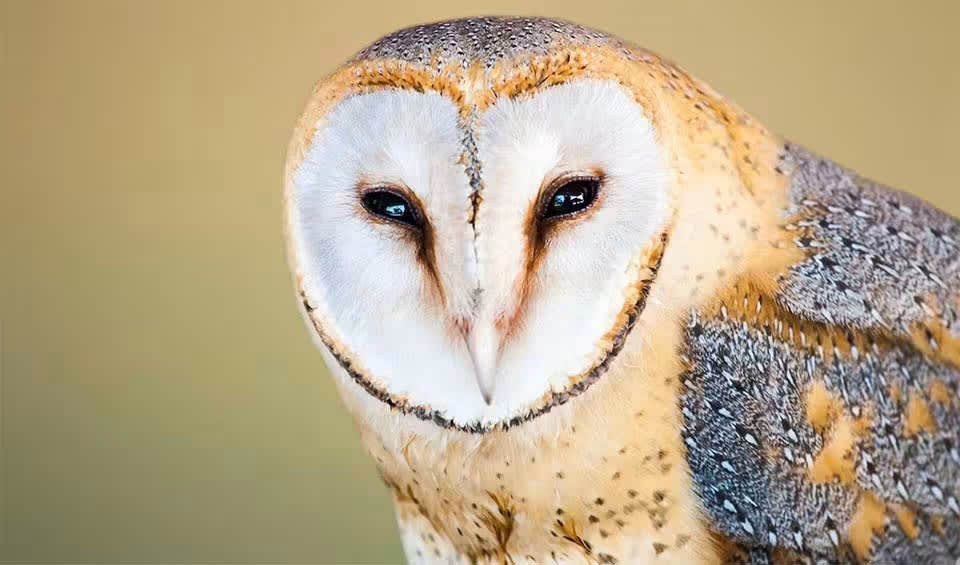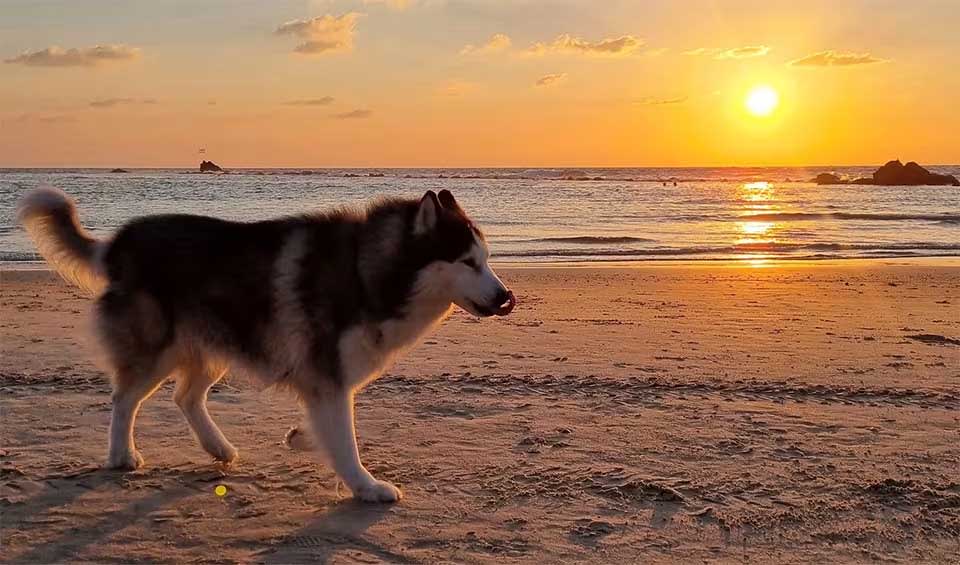Malta, an archipelago in the central Mediterranean, is renowned for its unique biodiversity, particularly given its small land area of just 316 km² (122 mi²). Despite its size, Malta boasts a rich array of flora and fauna, both terrestrial and marine. Its varied habitats, from coastal cliffs and rocky shores to agricultural land and garrigue, support a wide range of species.
The Maltese Islands are home to around 1,000 species of plants, including several endemic species such as the Maltese rock-centaury (Cheirolophus crassifolius), which is also the national plant. The islands’ coastal and marine environments are particularly significant, with diverse ecosystems supporting numerous marine species, including the loggerhead turtle (Caretta caretta) and the Maltese ray (Raja melitensis).
Four pillars elaborated:
Malta has demonstrated a strong commitment to biodiversity conservation by establishing 326 protected areas that encompass a significant portion of its territory. This network includes 271 sites protected under national legislation and 55 areas that are part of the Natura 2000 network, a European initiative aimed at preserving valuable natural habitats. Overall, these protected areas cover 29.22% (92.22 km²) of Malta’s landmass, featuring a mix of both national and international designations. Land Management
Land Management
Malta also actively participates in various international conservation agreements. The commitment extends to Malta’s marine areas, where 18 Marine Protected Areas (MPAs) safeguard over 4,100 km² (1,583 mi²), representing more than 35% of its Fisheries Management Zone.
Due to high population density and an increasing demand for natural resources, several species and habitats have been adversely affected in Malta. The State of the Environment Report for Malta (2005) identified development in rural and marine areas, the introduction of non-native species, and the exploitation of wildlife as the main threats to local biodiversity. This was reiterated in the State of the Environment Report for Malta (2008). Threats to Biodiversity
Threats to Biodiversity
Housing, transport, energy generation, and tourism are the four economic sectors that have the most significant impacts on the environment. The conservation status of native and endemic flora is threatened by various factors, including changes in land use and mismanagement of natural resources. These factors have resulted in pollution, nutrient overload, land fragmentation, soil erosion, anthropogenic climate change, and biological invasions.
The government of Malta has taken various initiatives to conserve and enhance its biodiversity. These include the development of a National Biodiversity Strategy and Action Plan (NBSAP) to integrate biodiversity concerns into relevant sectoral plans and policies, protection of land through marine protected areas, management projects for protected areas and reintroduction of threatened species, communication and awareness efforts to engage the public, development of policy frameworks and citizen science initiatives, and utilization of EU funds for major biodiversity-related projects. These efforts reflect Malta’s commitment to preserving its natural heritage and ensuring the sustainability of its rich biodiversity. Capacity and Governance
Capacity and Governance
Malta’s National Biodiversity Strategy and Action Plan (NBSAP) will include measures aimed at strengthening and mobilizing resources, addressing knowledge gaps, and promoting capacity building. Efforts to enhance the legislative framework as part of the better regulation initiative will continue. Additionally, several EU co-funded research projects focused on the marine environment are set to generate new knowledge about marine turtles (specifically the loggerhead turtle), cetaceans (like the bottlenose dolphin), seabirds, and benthic habitats such as sandbanks, reefs, and submerged or partially submerged sea caves. The findings from these projects will inform decisions regarding any additional site designations in the marine environment. Future Trends
Future Trends
Malta is also in the process of finalizing its national operational programmes on European Community funds, incorporating biodiversity considerations in consultation with competent authorities. Once completed, these programmes will support the development of a national biodiversity financial plan.
Biodiversity
Malta is home to a rich variety of animal species, particularly insects, which are the most taxonomically diverse group on the islands. Despite the lack of freshwater ecosystems, which restricts the diversity of freshwater organisms, there is still a considerable variety of insects and other invertebrates. The Maltese Islands also host native reptile species and a range of birds that have adapted well to urban settings.In these urban areas, species such as the House Mouse, shrews, and bats find shelter in human-made structures. Additionally, the islands serve as crucial breeding and nesting grounds for migratory birds, making Malta a prime destination for birdwatching enthusiasts.
In the table below are the number of known species in several main groups, how many of these species are Threatened with extinction, and how many of them are Endemic (unique to Malta only):
| Species (World rank) |
Threatened | % Threatened | Endemic | % Endemic | |
|---|---|---|---|---|---|
| Mammals | 24 (#193) | 2 | 8.3% | 1 | 0.9% |
| Birds | 200 (#169) | 6 | 3.0% | ||
| Reptiles | 14 (#171) | 1 | 7.1% | ||
| Amphibians | 2 (#183) | ||||
| Fishes | 322 (#147) | 53 | 16.5% | ||
| Plants | 881 (#181) | 4 | 0.5% | 1 | 0.1% |
mammals
Common bottlenose dolphin
Known for their acrobatic leaps, twisting and turning gracefully as they jump completely out of the water
Red fox
Ladies and gentlemen, please welcome the world’s most widely distributed carnivore!
Greater horseshoe bat
These elegant acrobats perform a perfectly timed and skilled somersault as they approach their chosen resting site
birds
Eurasian Griffon
Most social vultures with 12 distinct types of vocalization
Barn owl
The most cosmopolitan of owls with home ranges extending across the globe
Pin-tailed sandgrouse
This bird looks like a modern mosaic art-piece
reptiles
European cat snake
With the agility of a nimble climber, it effortlessly slithers up trees and through tangled vegetation
European pond turtle
At the first sign of danger, it will quickly dive into the water and hide
Starred agama
With mesmerizing blend of bold blues, fiery reds, and sunshine yellows, it effortlessly catches the eye of all who cross its path
amphibians
Levant water frog
A fully aquatic frog that spends its entire life in water, rarely coming to the surface
European green toad
An unusual amphibian that can survive high temperatures and is even quite tolerant to desiccation
Common frog
It is one of the most widespread and familiar amphibians in Europe
National Animals
Dog
Man’s best friend is a domesticated descendant of an ancient, extinct wolf

















